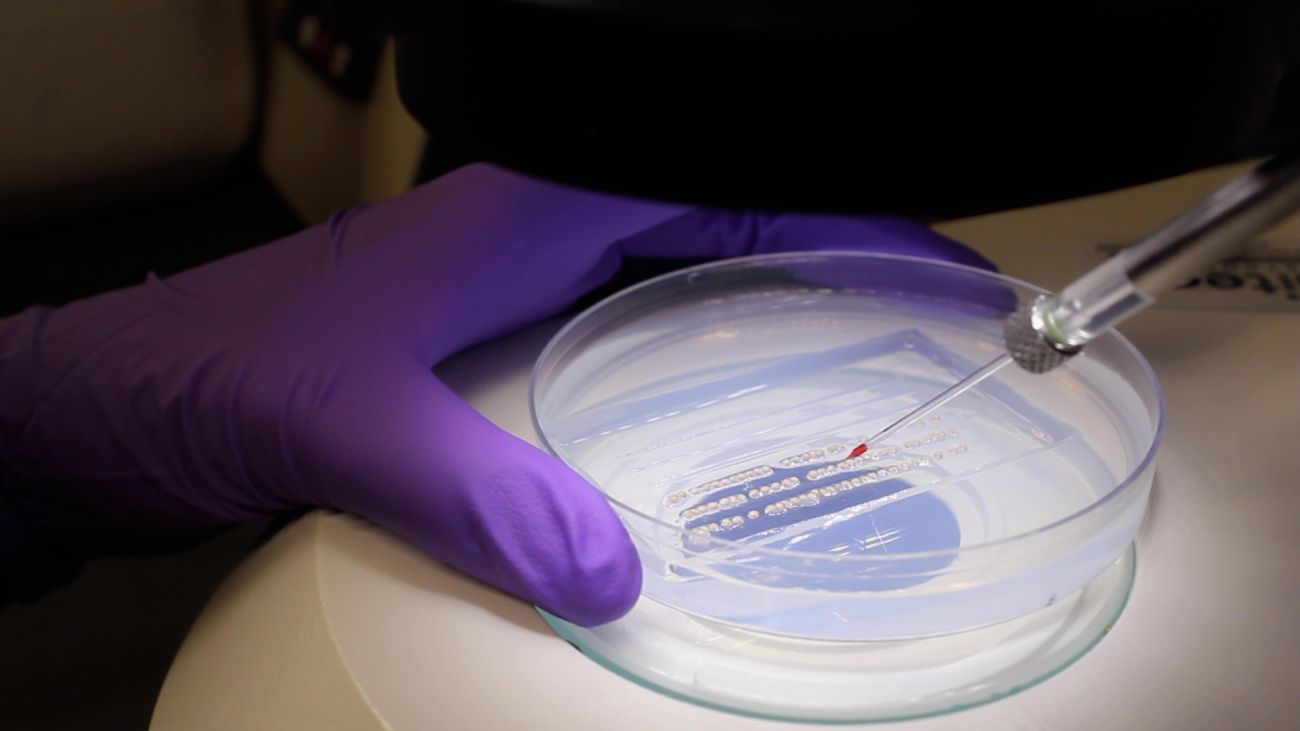MSU is studying lamprey sex. Can birth control save Great Lakes from invaders?

- Lamprey are blood-sucking parasites that, if left unchecked, would decimate the Great Lakes fish population
- Since 1950s, chemicals have kept them at bay, but they’ll eventually become ineffective
- So MSU is studying breeding habits in hopes of eventually finding a way to sterilize them
In a Michigan State University research lab, scientists are playing a long game to keep a notorious Great Lakes invader at bay.
Their mission: Develop a new way to combat invasive sea lamprey populations. A chemical mix has kept the notorious creatures at bay for decades, but eventually will become useless.
Researchers are racing against time to protect the $7 billion fishery, hoping the answer lies in discovering everything they can about lamprey sex lives. One goal: genetically modifying lamprey to decimate the species.
“We need to be thinking decades into the future, as far as what the future of control would look like, so that we can be well positioned to continue delivering effective sea lamprey control in the Great Lakes.” said Nick Johnson, a scientist with the U.S. Geological Survey involved in the effort.
Eel-like lampreys kill fish slowly, attaching to their skin with razor-sharp teeth and gradually draining their life juices. A single one can kill 40 pounds of fish per year.
They entered the Great Lakes a century ago through manmade shipping canals, and by the 1950s were “running rampantly … to the point where certain species of fish went extinct,” said Greg McClinchey of the Great Lakes Fishery Commission.
They’ve been kept at bay for decades since, thanks to a chemical compound called TMF, or 3-trifluoromethyl-4-nitrophenol, which kills lamprey while sparing other species. Each year, more than 100 Great Lakes rivers are dosed with the chemicals at a cost of more than $20 million to US and Canadian taxpayers.
Fish populations have bounced back in kind. But chemical control is not a permanent solution.
Like bacteria gradually developing resistance to antibiotics, Great Lakes lamprey will eventually adapt to TMF, weakening its effectiveness. And when that happens, populations of trout, whitefish and other Great Lakes fish will once again collapse.
“The entire Great Lakes fishery is still built on a house of cards,” explained Dave Caroffino, a fisheries biologist in the Michigan Department of Natural Resources.
Related:
- More fallout from Midland dam failures: blood-sucking parasites in rivers
- The pandemic that closed the U.S./Canadian border to people may have opened it to the invasive sea lamprey
- Mussels, alewives lead list of 10 worst invasive species in Great Lakes
- Once near extinction, lake trout are officially recovered in Lake Superior
That’s where the MSU lab comes in. Tyler Buchinger, an assistant professor of fisheries and wildlife at the university, is part of a team of researchers hoping that, by better understanding the factors determining lamprey sex, they can edit the fish’s genome to inhibit its reproduction.
With luck, Buchinger said, “we can leverage that information for sea lamprey control,” including by sterilizing males or making entire populations same-sex.

MSU has made some interesting discoveries, including risque spawning habits that the Great Lakes Fishery Commission wrote “read like a strangely fascinating science-fiction tale.”
“The male lamprey … tightly winds his body around hers, bites onto her head, and locks onto her by tying a knot with his tail,” according to the fishery newsletter. “They both writhe around releasing sex cells that will fuse together and develop in the nest.
“After this once-in-a-lifetime spawning event, both lamprey die.”
But before MSU’s research can truly ramp up, scientists must tackle yet another challenge: Nobody has successfully kept lab-raised lamprey alive long enough to complete their life cycle. That makes it difficult to experiment on the creatures.
So partners in academia and government have teamed up to figure out how to keep lamprey alive in captivity.
“That is, in essence, our moonshot,” said Nick Johnson, a scientist with the US Geological Survey.
One of the challenges is that lamprey eat far more fish than a typical research lab can supply. The solution will likely involve developing artificial food sources.
If and when researchers perfect the technique of raising lamprey in a lab, the gene-editing research could take off.
It may take years – if not decades – to develop a reliable new way to control lamprey. That’s why scientists are starting now, rather than waiting for TMF to become ineffective.
Michigan Environment Watch
Michigan Environment Watch examines how public policy, industry, and other factors interact with the state’s trove of natural resources.
- See full coverage
- Subscribe
- Share tips and questions with Bridge environment reporter Kelly House
Michigan Environment Watch is made possible by generous financial support from:
Our generous Environment Watch underwriters encourage Bridge Michigan readers to also support civic journalism by becoming Bridge members. Please consider joining today.
See what new members are saying about why they donated to Bridge Michigan:
- “In order for this information to be accurate and unbiased it must be underwritten by its readers, not by special interests.” - Larry S.
- “Not many other media sources report on the topics Bridge does.” - Susan B.
- “Your journalism is outstanding and rare these days.” - Mark S.
If you want to ensure the future of nonpartisan, nonprofit Michigan journalism, please become a member today. You, too, will be asked why you donated and maybe we'll feature your quote next time!






